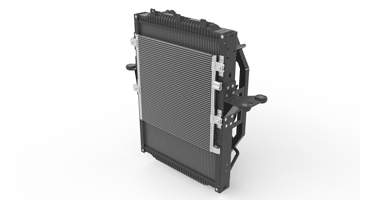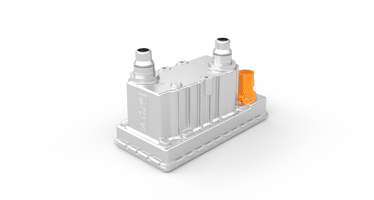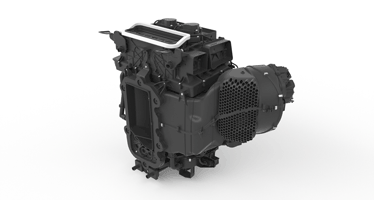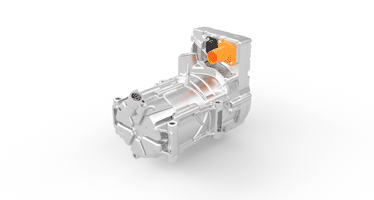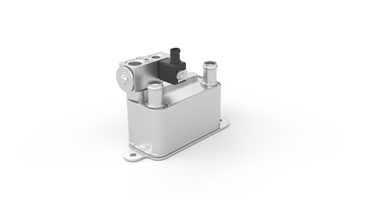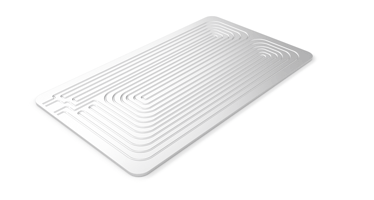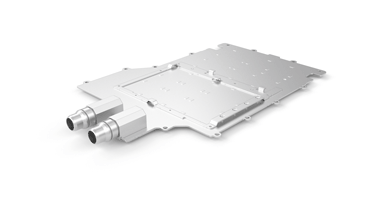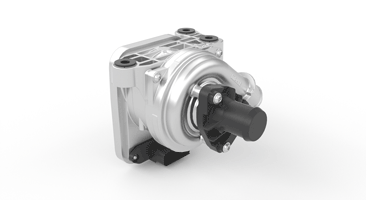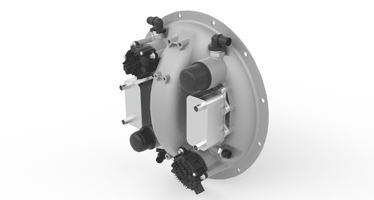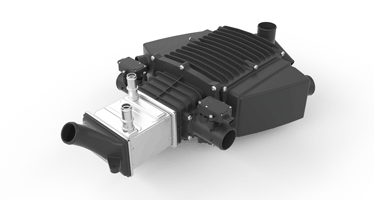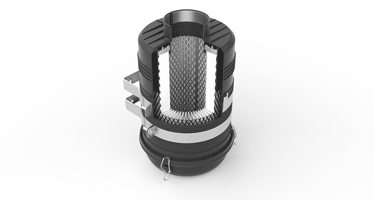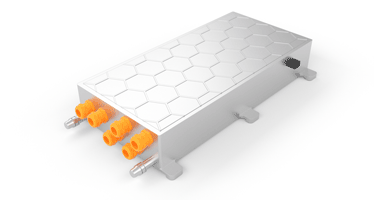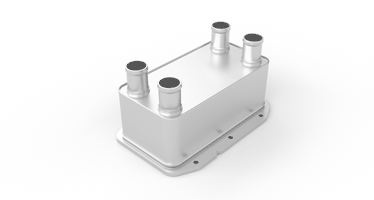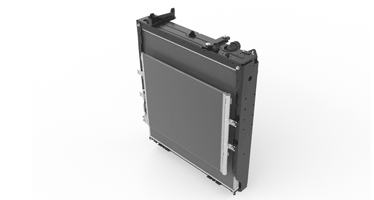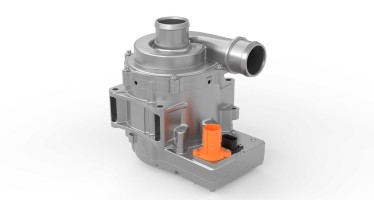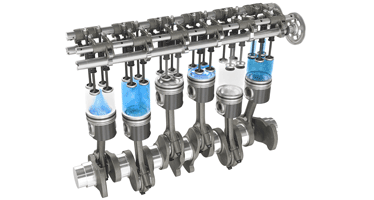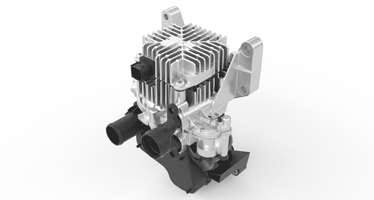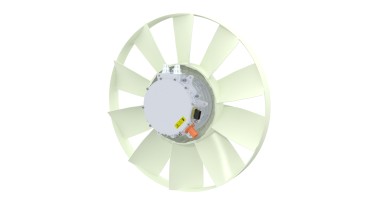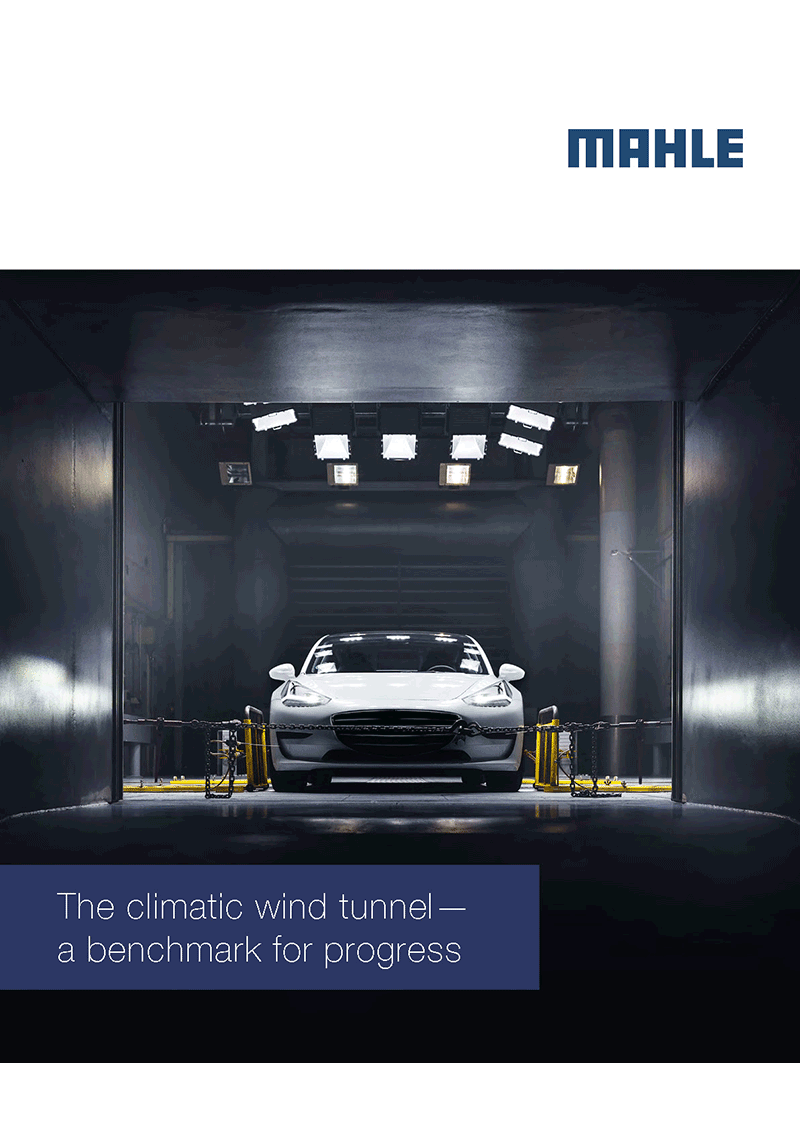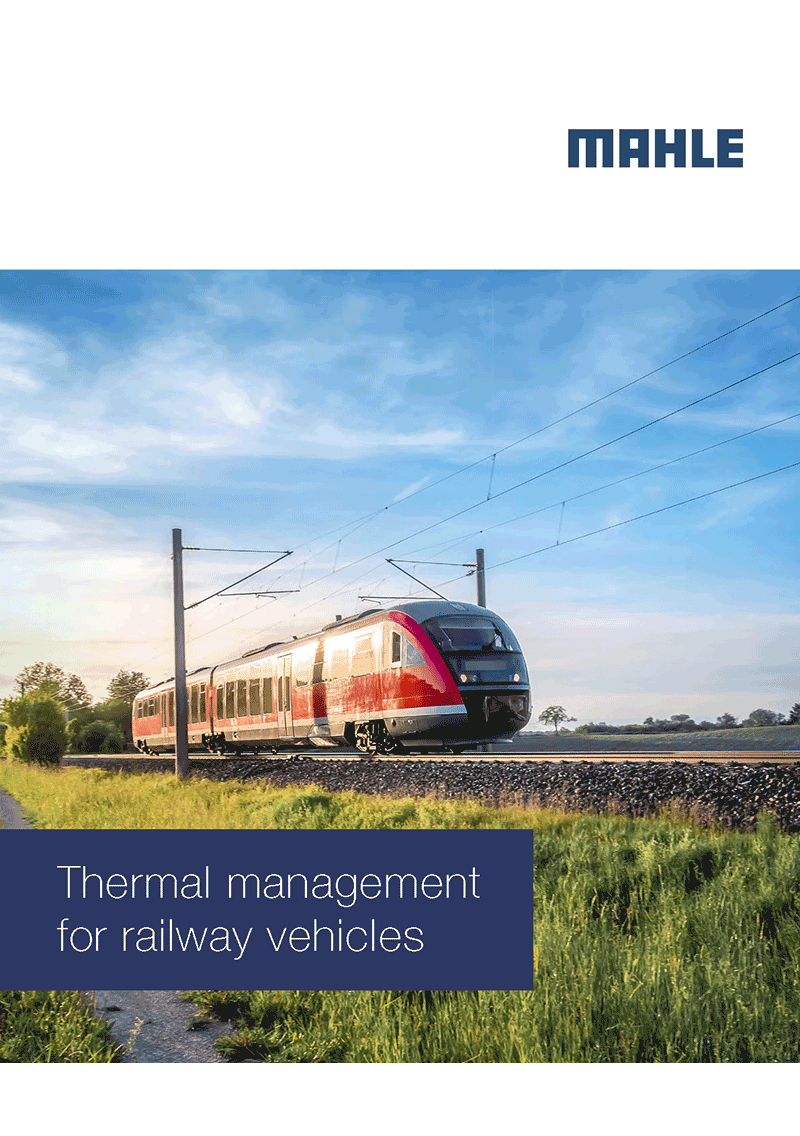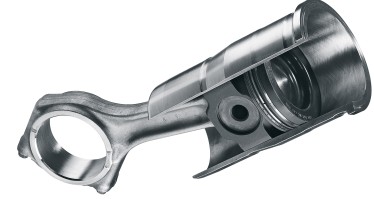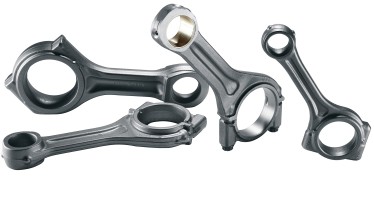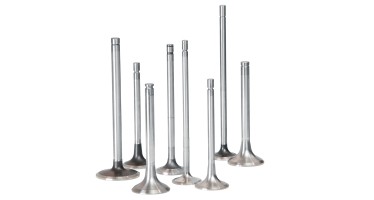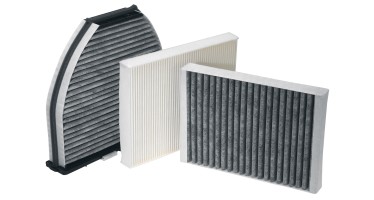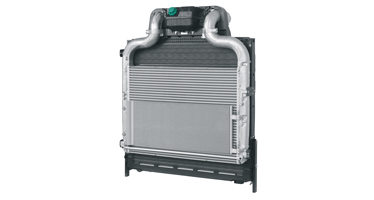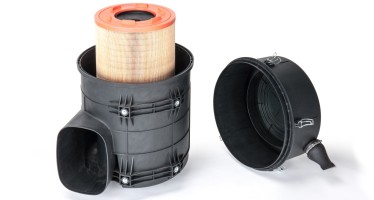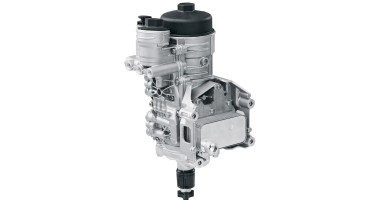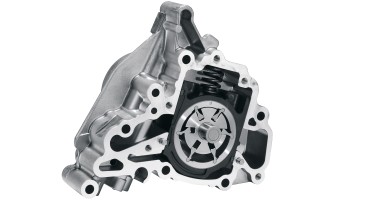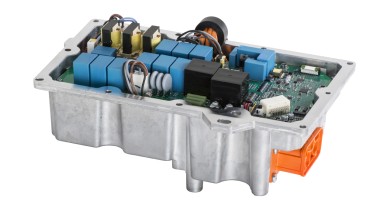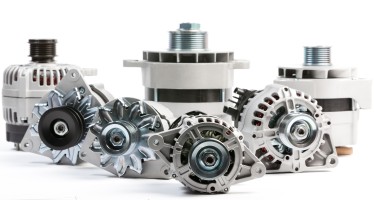Technologies for sustainable transportation
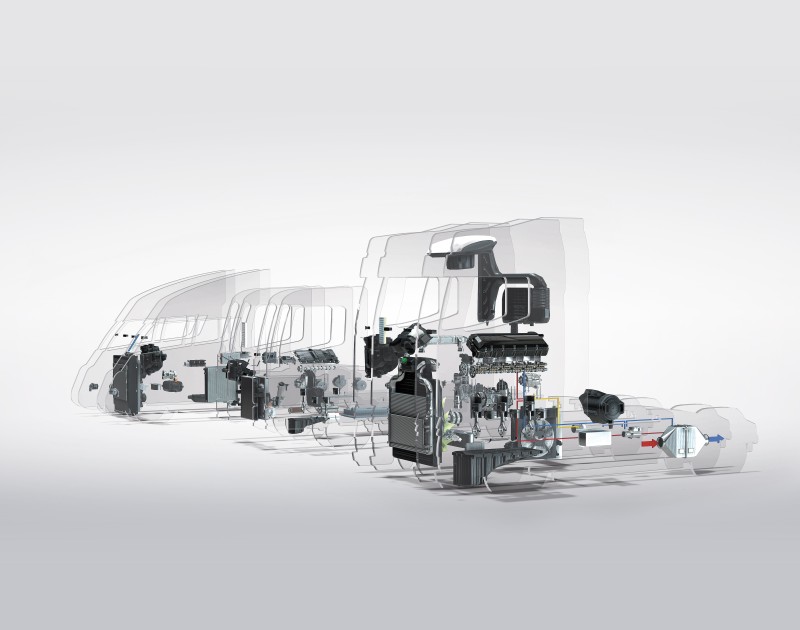
Commercial vehicles are the backbone of the global economy. At the same time, they’re a key to a climate-neutral world. However, the transformation of the transport industry depends on many factors: legal requirements in respect of permitted emissions, life cycle costs of alternative drives for road haulers and fleet operators, charging and hydrogen infrastructures, and much more. And there’s a great disparity between these factors in different world regions. That’s why it’s already clear today that no single solution can bring about carbon-neutral transportation of people and goods. We need to find a whole host of different approaches.
Systems provider for sustainable transportation
MAHLE offers a varied, modular systems suite for e-mobility. All systems—from the interior air conditioning and modular thermal management for the drive components to the powerful electric motor—are designed for the different electrical architectures. They are suitable for all regions, vehicle classes, and applications and have a long service life. MAHLE is focusing its development on sustainable technologies with the needs of the customer in mind: cruising range, performance, fast charging capability, and driver comfort are especially important for battery-powered electric commercial vehicles.
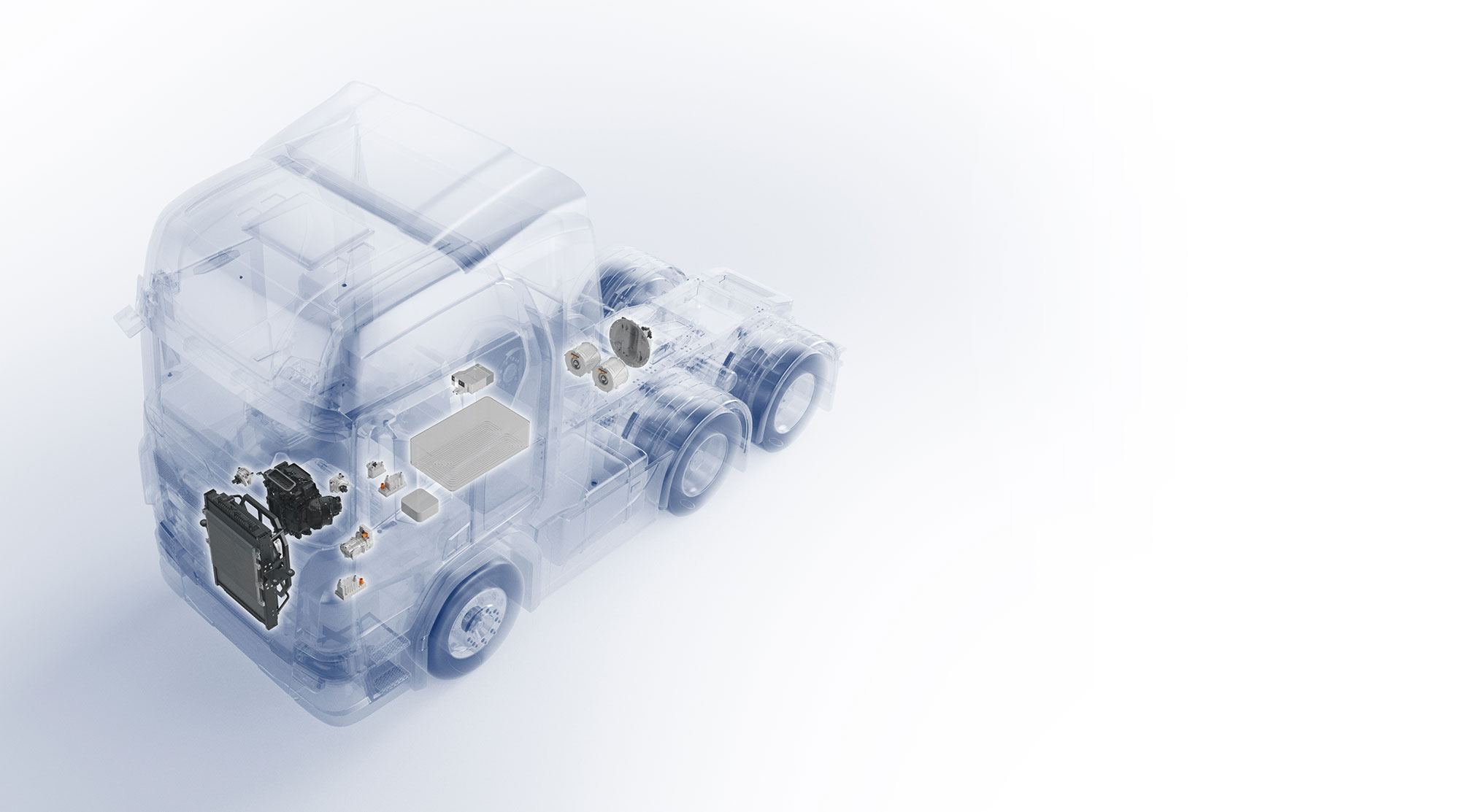
The Cooling Module
Depending on the cooling strategy, Cooling Modules regulate the systems at different temperature levels to protect thebattery and power electronics.
The High-Voltage Heater (cabin & battery system)
By heating the coolant, the High-Voltage Heater creates the optimal working temperature for the lithium-ion battery in winter.
The Air Conditioning System
The Air Conditioning System controls the climate in the driver’s cabin with minimal energy consumption, while the CareMetix® Cabin Filter stops fine particulates and pollutants in their tracks.
The Electric Air Conditioning Compressor
The 800 V Electric Compressor delivers the output needed to cool the battery and keep the driver’s cabin pleasantly air-conditioned.
The Chiller
The Chiller optimally cools the temperature-sensitive lithium-ion battery, even at high outside temperatures.
The Battery Cooling Plate
MAHLE’s Battery Cooling Plate is in thermal contact with the cells of the lithium-ion battery and keeps the electric energy storage system within the optimal temperature range at all times.
The Electronics Cooling Plate
The Electronics Cooling Plates protect other electronic components against overheating.
The 24 V Coolant Pump
The 24 V Coolant Pump drives the coolant circuits with up to 700 W, as required.
The SCT Electric Motor (800 V)
This traction motor—the only one of its kind on the market to date—runs indefinitely at high performance thanks to a special cooling concept.
The Oil Management Module
The integrated and compact Oil Management Module cools the traction motor to protect it against overheating.
E-mobility systems suite
Fleet operators are increasingly turning to electric battery and fuel cell drives to help decarbonize their fleets. One goal is to advance climate neutrality in the transport sector. Additionally, electrified commercial vehicles offer high performance combined with a long service life and maximized cruising range. But to achieve this, the components need to be kept at an optimal and constant operating temperature. MAHLE offers integrated and intelligent solutions based on its many years of development experience.
Sustainable transformation with alternative technologies
Today’s e-mobility technologies and drive concepts still frequently hit their limits. That’s why MAHLE is turning to hydrogen engines, fuel cells, and other alternative powertrain technologies in the commercial vehicle sector.
